The HouseChief editors continue the cycle of publications with the hashtag #besthouse, and now is the time to tackle the unsolved problems that you have been putting off for a long time. During the long period of self-isolation, many found time to make repairs: global or cosmetic. If you used polyurethane foam at the same time, then you probably came across the fact that this effective composition firmly adheres to any surfaces, even if you did not plan it. How to remove foam without damaging the material underneath? This is not an easy task, even for professionals. But, as it turned out, it is very easy to solve it, even without special solvents or tools. How to do this, told the author of the YouTube channel Master Useful - DIY Useful. You can use his experience, especially since it is very simple.
Read in the article
- 1 The nuances of the behavior of polyurethane foam on different surfaces
- 2 Pharmacy tool for removing polyurethane foam
- 3 How else can you effectively remove polyurethane foam?
- 4 How to wash your hands from polyurethane foam
The nuances of the behavior of polyurethane foam on different surfaces
The task of the polyurethane foam is to seal all the cracks. It adheres perfectly to any surface: plastic, wood, brick and stone. If the surfaces are slightly damp, the foam sticks much more.
That is why builders moisten the places where the foam is applied, this speeds up the process of material hardening. As it expands, it fills in any gaps, including even small irregularities. On the one hand, this is good, on the other hand, if the foam "went" in the wrong direction or accidentally dripped onto the floor, it becomes a serious problem.
Craftsmen know that they need to work with foam only with gloves, because the material adheres well to the skin as well. It is quite difficult to wash the foam off your hands.
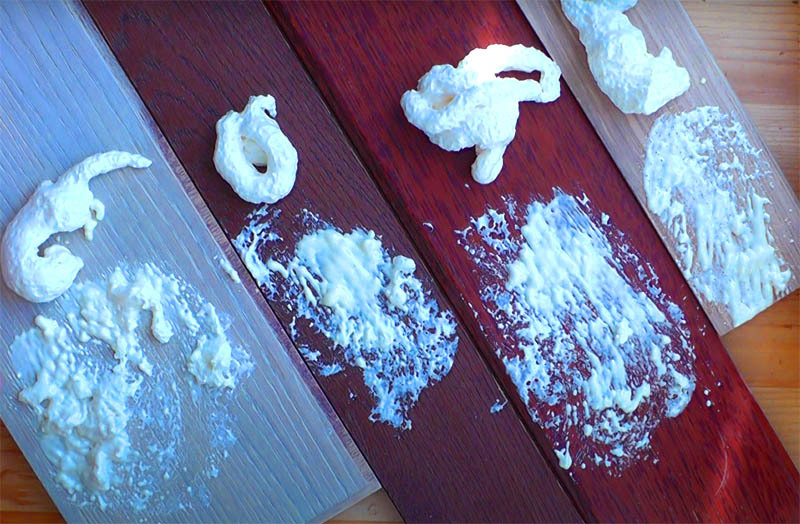
Pharmacy tool for removing polyurethane foam
When the foam has completely solidified, you can start removing it.
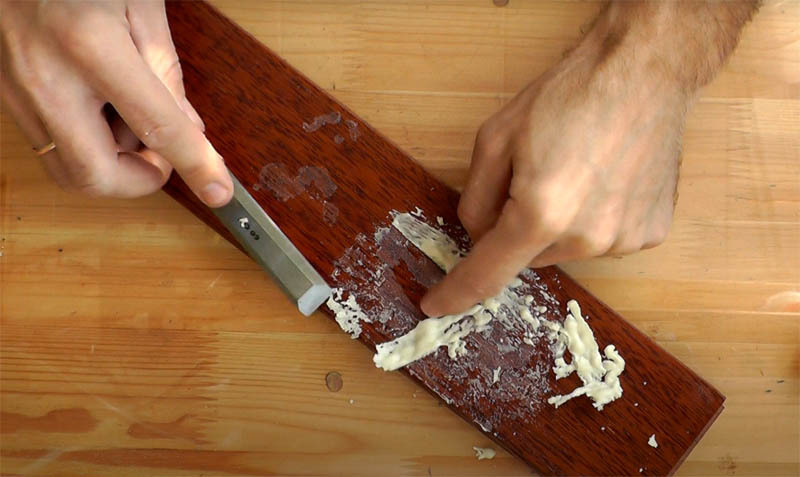
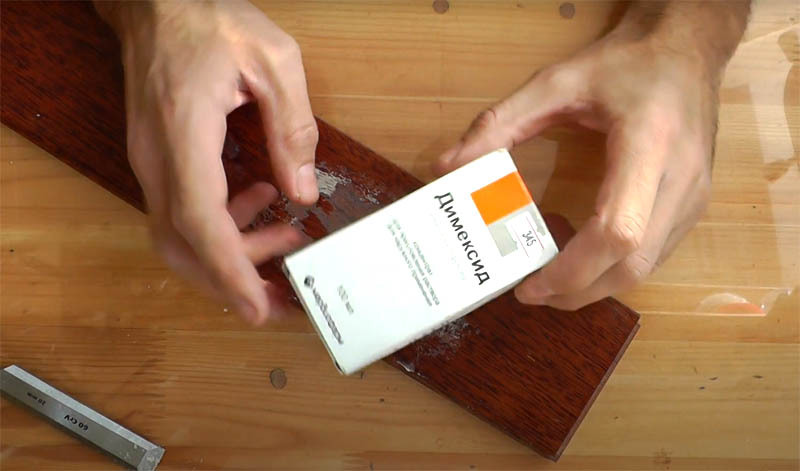
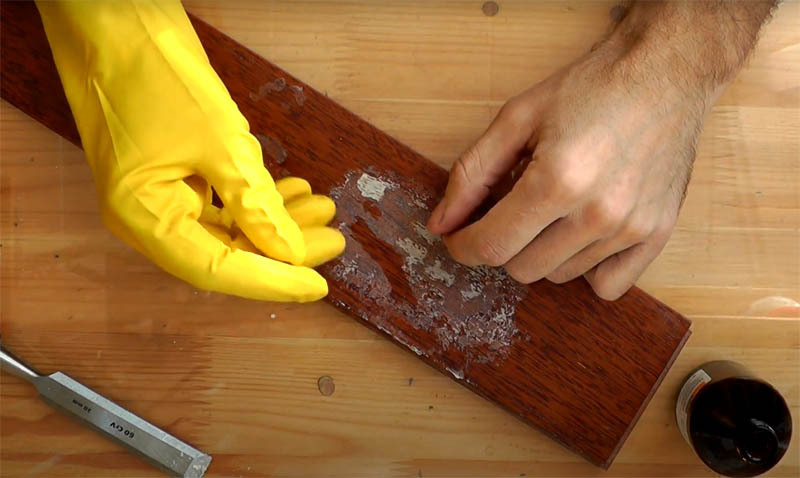
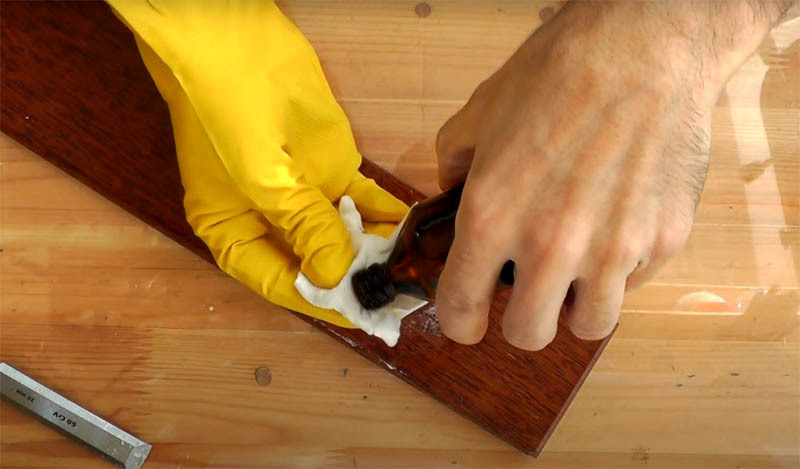
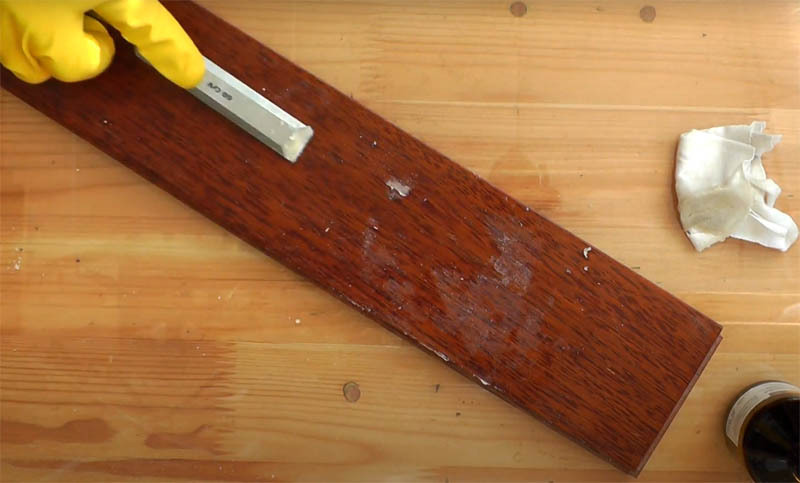
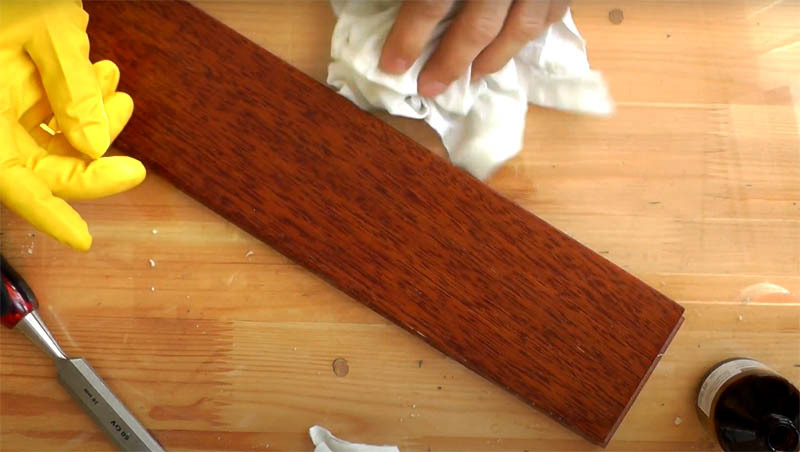
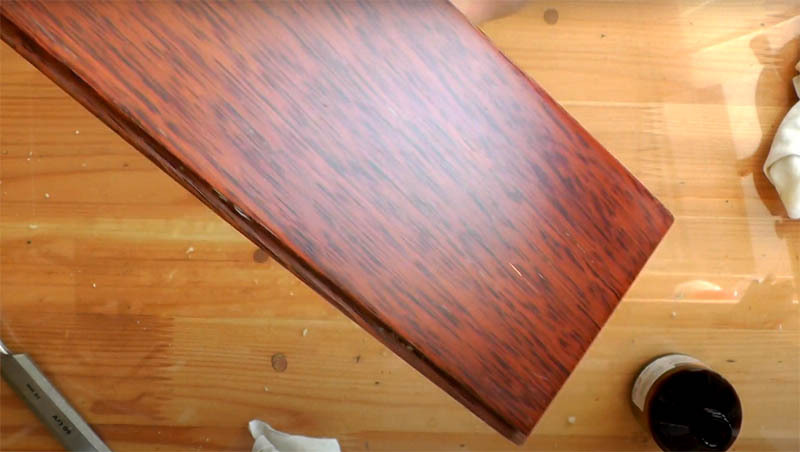
How else can you effectively remove polyurethane foam?
Dimexide effectively dissolves foam, but there are cases when the surface has small irregularities, in which the foam hardens and remains even after Dimexide. How to be in such a situation?
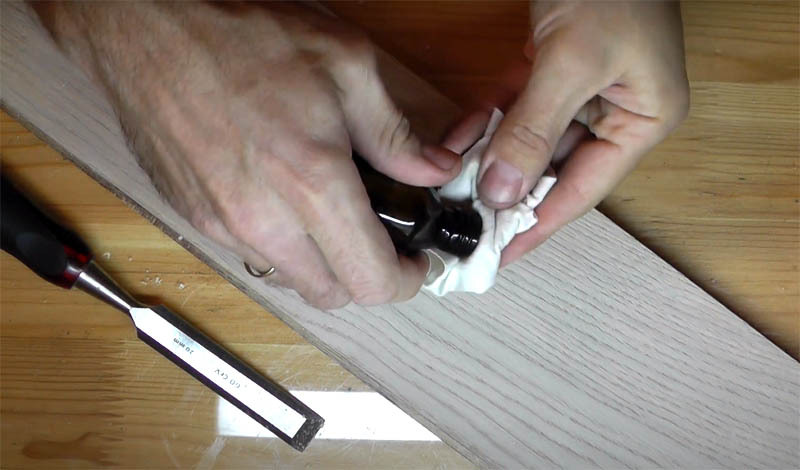
Then the algorithm is the same as with Dimexidum: you need to wipe the surface with a dry cloth to remove solvent residues.
How to wash your hands from polyurethane foam
As already mentioned, you need to work with polyurethane foam very carefully and using protection: rubber gloves. But if you were nevertheless careless and allowed the foam to get on your hands, then you should know: you can only clean it with the same "secret" remedy from the pharmacy.
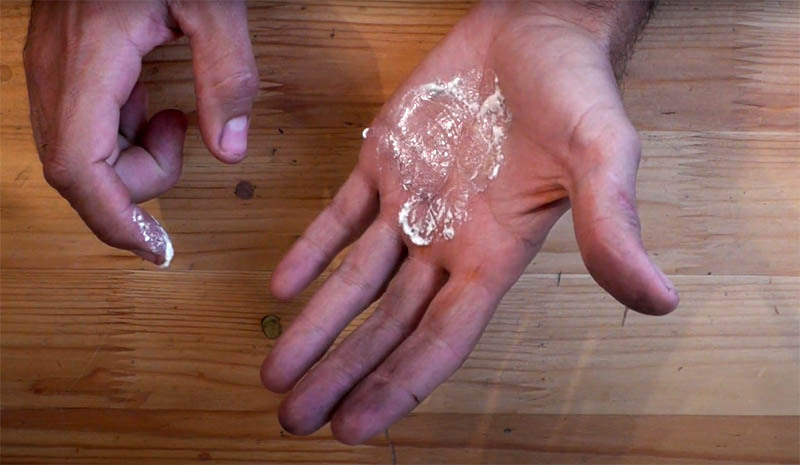
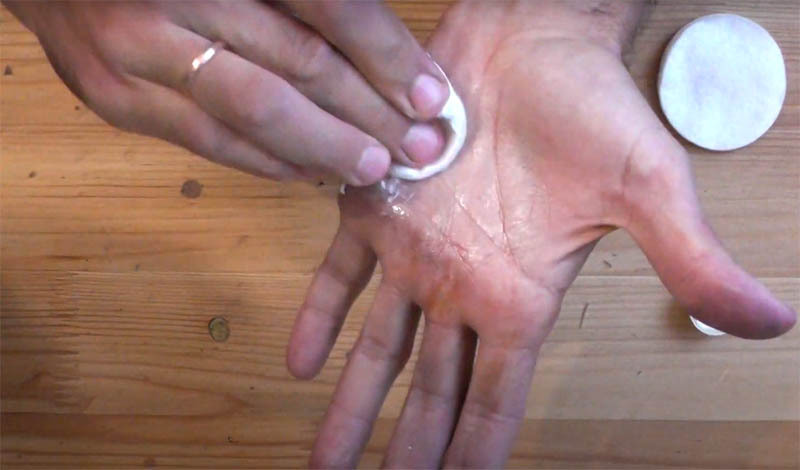
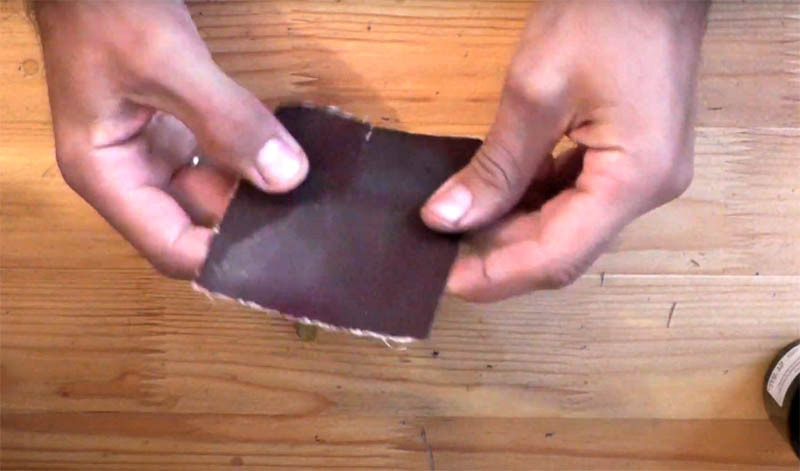
If you use Dimexide, then be extremely careful: this composition in its pure form can damage your skin.
When working with polyurethane foam, you need to adhere to the basic rules described in this small video material:
By following these simple instructions, you can easily remove foam from any surface without unnecessary damage.
If you know the best way to get rid of foam residues, write about it in the comments. And if you used this method, then also share your impressions of the result!

